Drive-Thrus Could Become a Thing of the Past for This City
The city of St. Paul, Minnesota is considering a major change: the potential elimination of new drive-thru fast food services.
The move aims to transform the city into a pedestrian and transit-friendly area. City planner Bill Dermody explains that drive-thrus don’t align with the city’s long-term development plans.
The Vision for a Pedestrian-Friendly City
St. Paul’s plan focuses on making the city more accessible for pedestrians and transit users.

Source: Etienne Girardet/Unsplash
Drive-thrus, which cater primarily to drivers, conflict with this vision. The city’s goal is to create a safer, more walkable environment for all residents.
Industry Pushback at Public Hearing
During a public hearing on Friday, restaurant and hospitality industry representatives expressed their concerns.

Source: Freepik
They fear that banning drive-thrus could lead to a significant loss of revenue. One advocate pointed out that customers might simply go to nearby cities for their fast food needs.
Support for the Ban
Many community members are in favor of the proposed ban. They believe that removing drive-thrus could benefit small businesses, improve safety, and support climate action.

Source: Cytonn Photography/Pexels
“Get rid of drive-thrus, support small businesses, equity, safety, walkability, climate action, we can do that in St. Paul,” said one enthusiastic supporter.
Learning from Minneapolis
St. Paul is looking at Minneapolis for guidance, as Minneapolis banned new drive-thru facilities back in 2019.
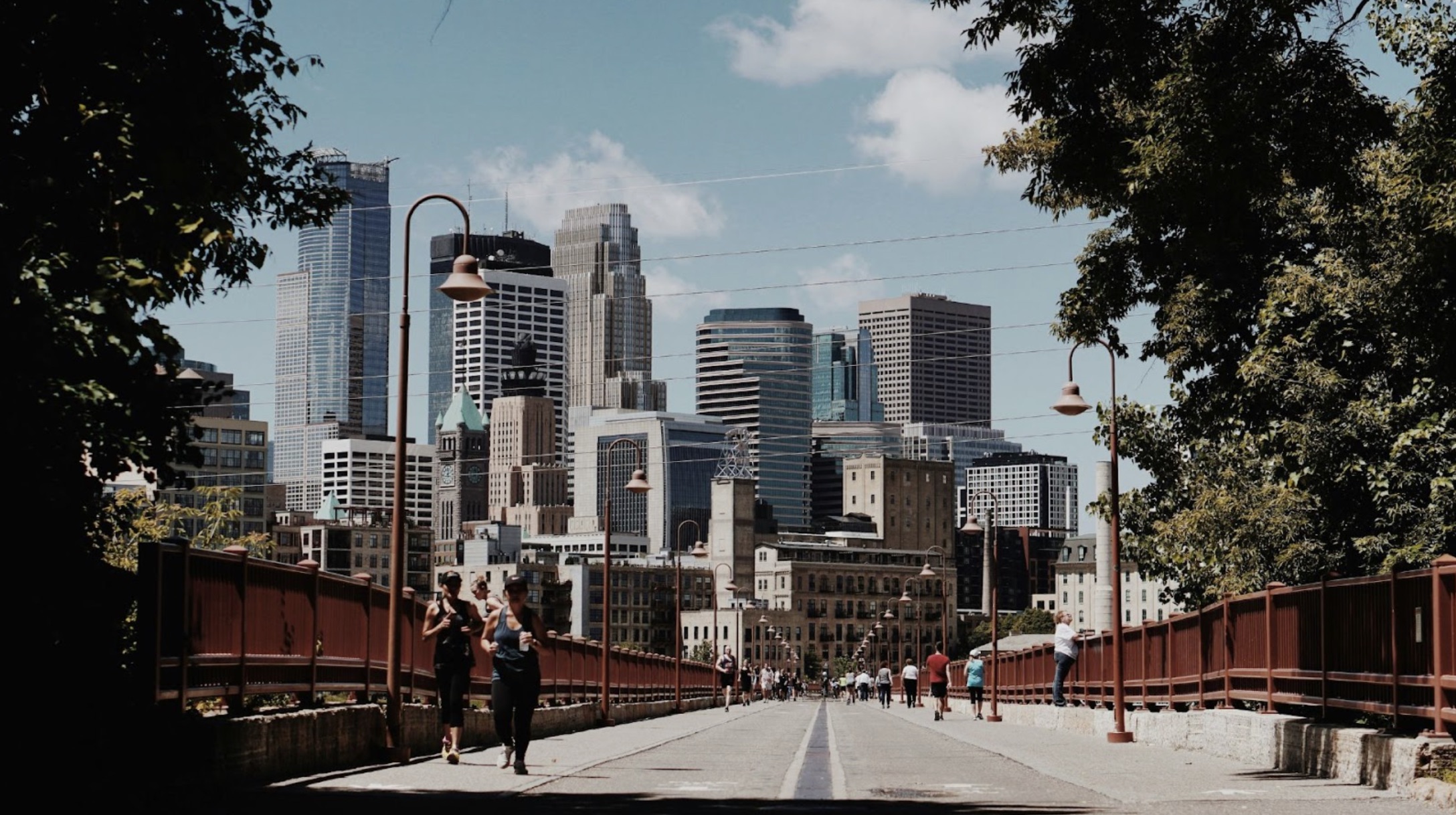
Source: Eastman Childs/Unsplash
This precedent provides valuable insights into how such a ban might impact St. Paul and how to address potential challenges.
Potential New Design Standards
City leaders are exploring new design standards to integrate existing drive-thrus more effectively into the urban landscape.

Source: Christopher Burns/Unsplash
These standards might include longer queuing lengths, more space for cars to back up, and safer pedestrian connections to sidewalks.
The Role of City Planner Bill Dermody
Bill Dermody plays a key role in advocating for this shift. He highlights that drive-thrus are contrary to the city’s development goals.
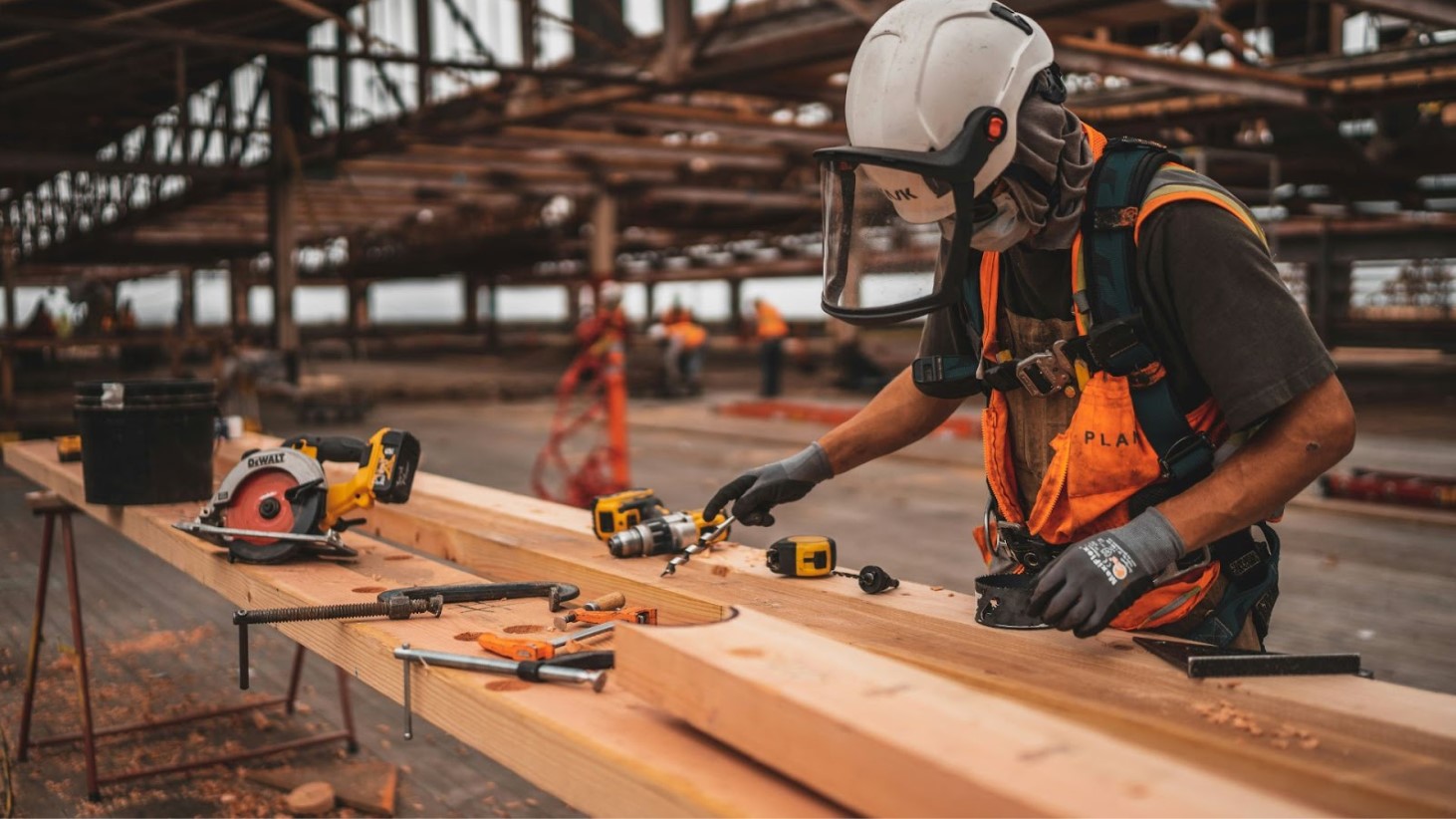
Source: Jeriden Villegas/Unsplash
His vision includes a more connected and accessible city that prioritizes pedestrians and transit users.
Community Concerns and Responses
While some residents worry about the convenience of drive-thrus being lost, city planners assure that new design standards could mitigate these concerns.
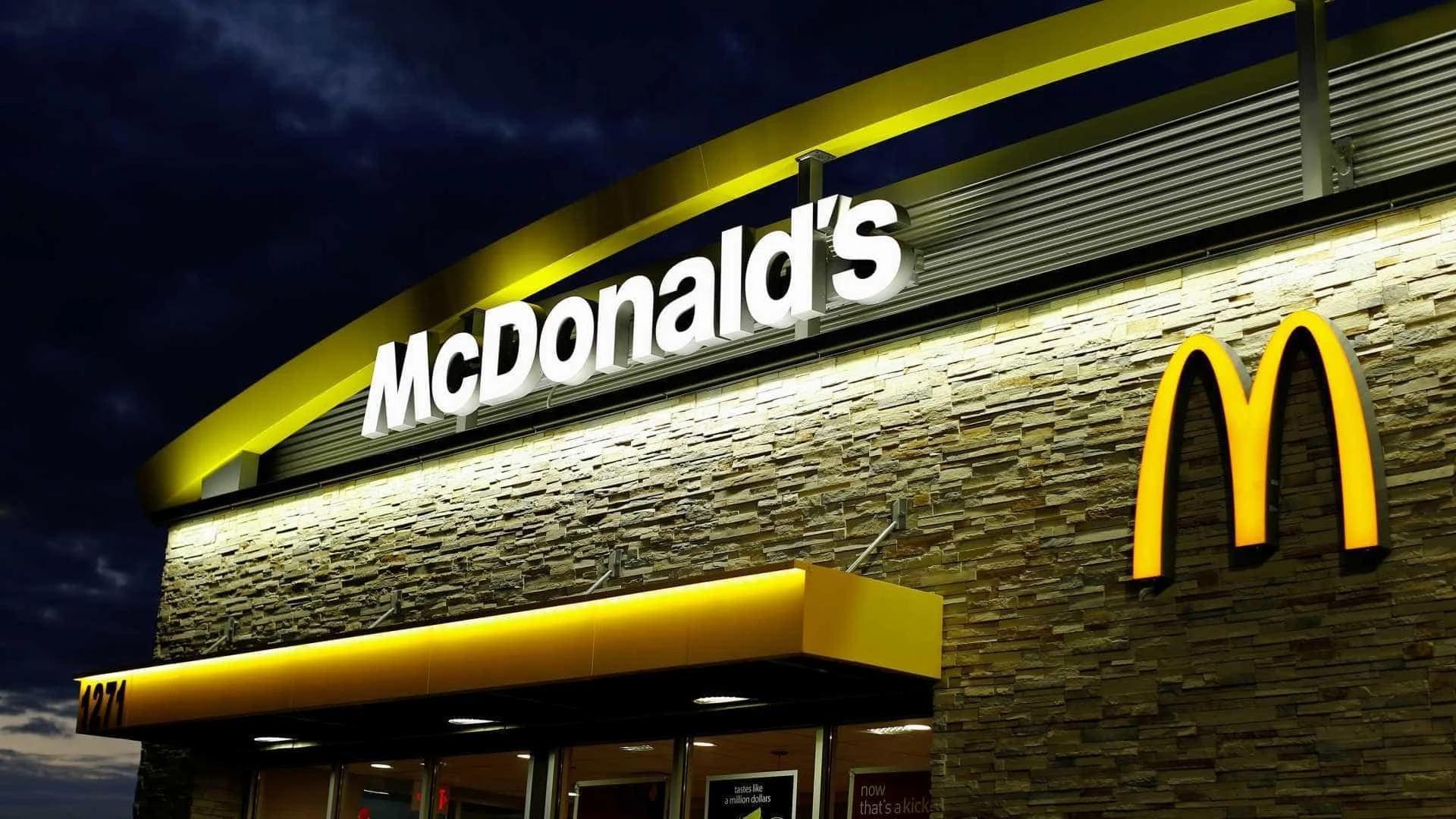
Source: McDonald’s Wiki
The aim is to balance the needs of drivers with the city’s broader goals of safety and accessibility.
Environmental and Safety Benefits
In theory, eliminating drive-thrus could have significant environmental and safety benefits.
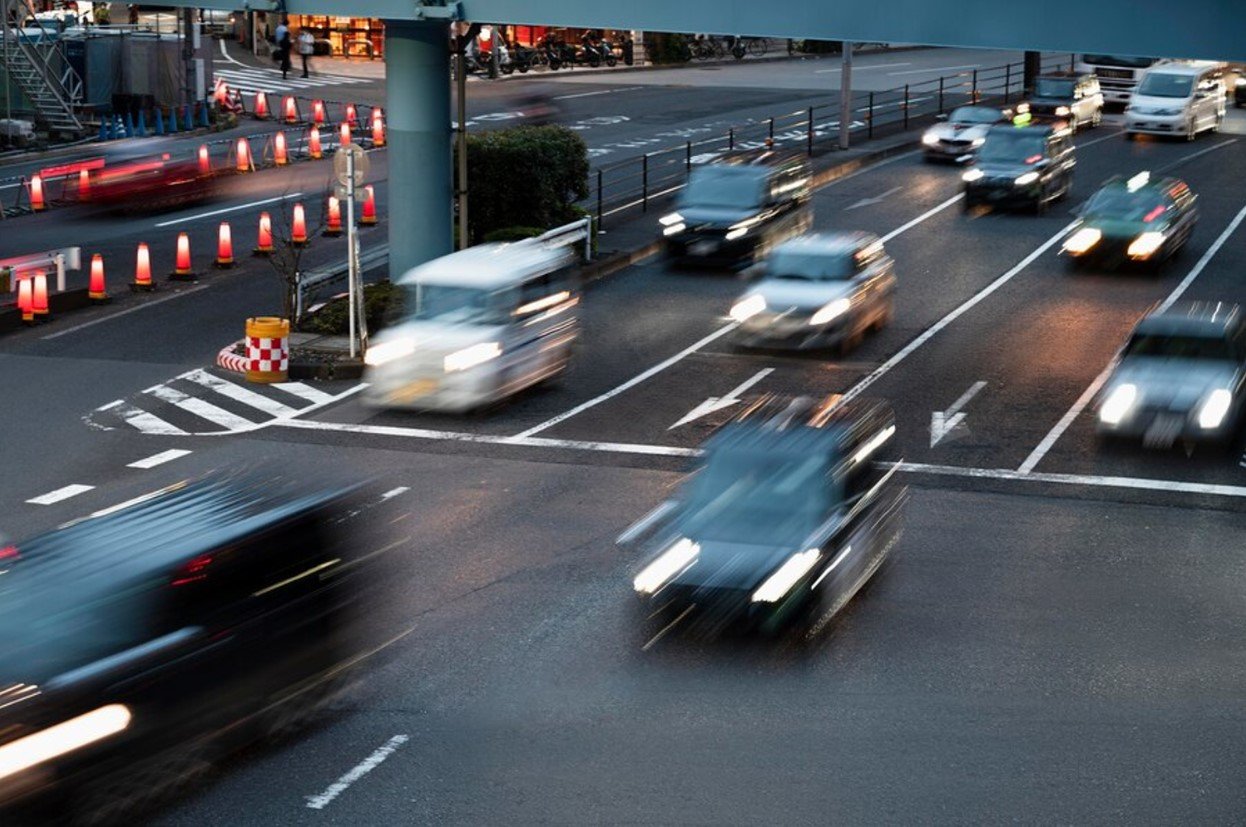
Source: Freepik
Reducing vehicle idling times can lower emissions, and fewer drive-thrus mean fewer potential hazards for pedestrians crossing busy drive-thru lanes.
Economic Considerations
There are economic considerations on both sides of the debate.

Source: Max Fischer/Pexel
While some businesses fear revenue loss, supporters argue that a more walkable city could attract more foot traffic to local businesses, potentially boosting overall economic activity.
Future Steps and Decision Timeline
The planning commission is set to make recommendations to the full council by August, at the earliest.

Source: Freepik
This timeline provides ample opportunity for public input and careful consideration of all potential impacts of the proposed changes.
Looking Ahead
St. Paul’s potential ban on new drive-thrus represents a significant step towards a more pedestrian-friendly city.
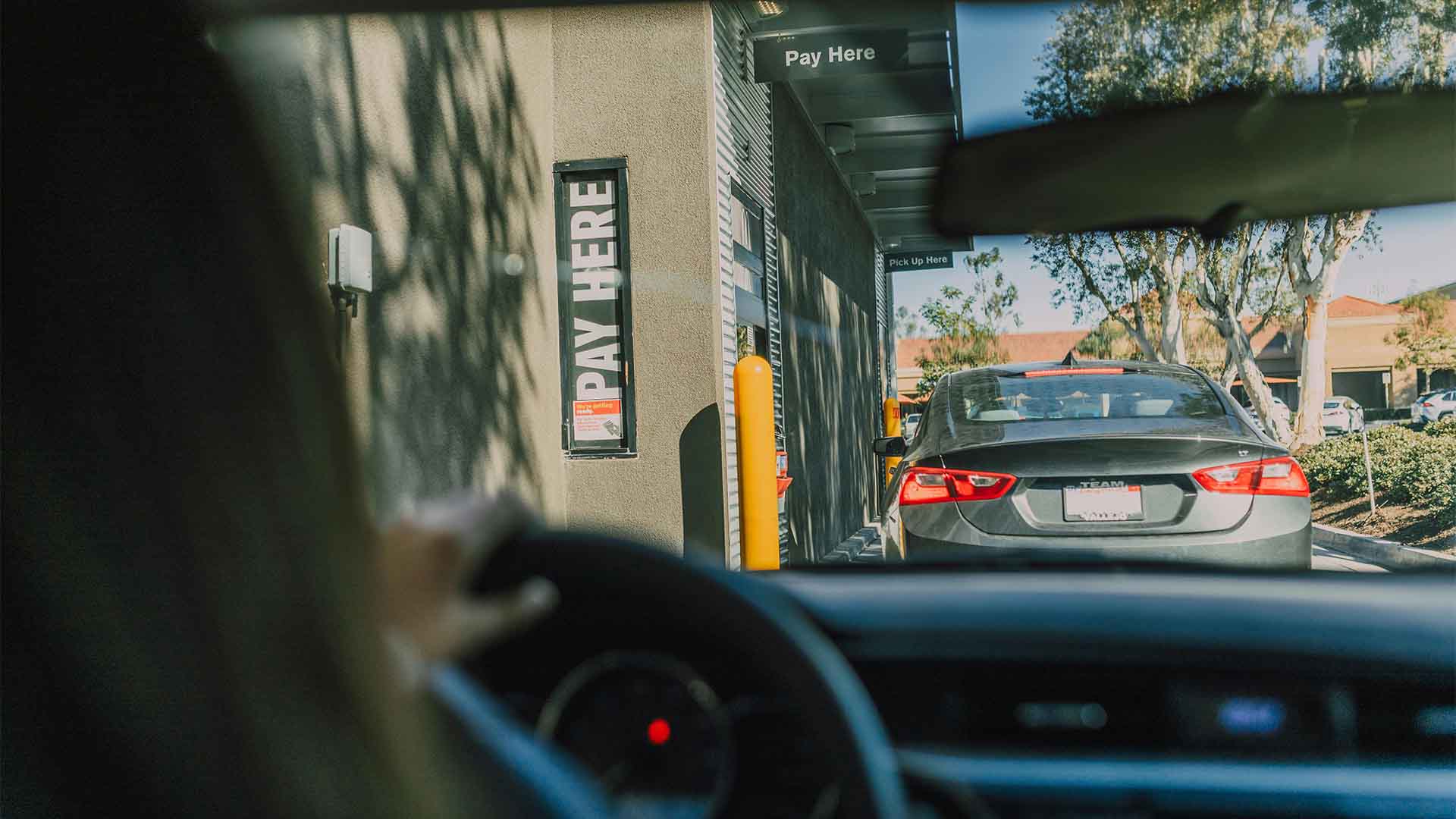
Source: RDNE Stock project/Pexels
As the city weighs its options, the debate highlights the complexities of urban planning and the need to balance economic, environmental, and community goals.
